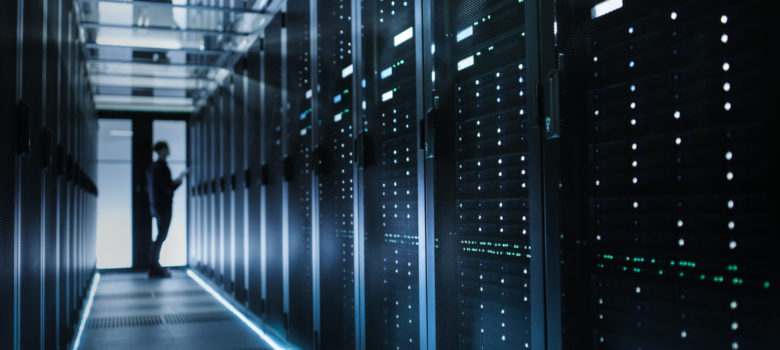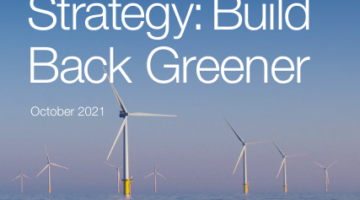
What are data centres?
Well, they’re exactly what they sound like – storage and processing facilities for digital data. They’re what make the internet work, essentially.
Data centres require energy for a lot of things. Not only do the servers themselves use vast amounts of energy, but they also require backups, storage, and vast amounts of cooling. By their nature, they produce vast amounts of heat, not to mention that they need to be kept on 24 hours a day, 7 days a week, 365 days a year. We have a server room here at the GreenAge offices which gets very hot indeed, and we’re only a small organisation. When you have facilities the size of Canary Wharf filled with computer servers, all processing data, it can get extremely hot. This means using industrials cooling – a particularly energy-intensive process – to ensure that the servers don’t overheat and fail.
How much energy are data centres using?
A lot. Around 2-3% of electricity use worldwide is consumed by data centres, and projections show that could rise up as high as 14% by 2040. When ‘Despacito’ set a record in 2018 by becoming the first YouTube video to hit 5 billion plays, the data use alone to facilitate all these views used the equivalent to the energy that a 40,000 US homes use in a year. Today it’s over 6.6 billion views and by the time you read this will be more.
The amount of data we produce is increasing exponentially and uncontrollably. Every second, each person generation 1.7 megabites of data. A study by IBM in 2017 found that, of all the data existing in that year, 90% of it had been created in the past 2 years.
Can data centres be run on renewable energy?
A lot of data centres are increasingly turning to renewable energy generation to quench their enormous thirst for electricity. Much as we’d like to think that this is driven by a concern for climate change, in fact it’s more likely the result of being a cheaper long-term way to power these increasingly vast centres. Regardless of the motivation, the fact that more data centres are incorporating renewable energy into their infrastructure is a great move in the right direction. Emerson Data centre in Missouri is almost entirely topped with solar panels and capable of generating 100kw of power and tech heavyweights like Microsoft and Facebook have committed to operating on 100% renewable energy within the next few years.

The other way that we’re being smarter with data centres is thinking about where we place them. Data centres require a place that is secure, spacious, safe, and temperature-controlled; increasingly people are thinking outside the box on how to achieve that last one. There’s a data centre in Pensylvania which is built in a limestone mine, using the natural absorptive properties of limestone to leech away the heat. Google’s Finnish base uses seawater to cool their data centre, while Facebook does a similar thing with rainwater.
What does the future look like?
Data centres will continue expanding, and continue to need phenomenal amounts of energy. It would be easy to think that data centres are bad news for the environment, given how power-hungry they are, and there’s certainly an argument to made there. However, given that they a such a vital part of the current (and future) economy, the fact that data centres are pursuing green energy solutions out of necessity is actually fuelling innovation in renewables. They say that money makes the world go round, and it seems that we have hit a tipping point where money is finally being positioned towards renewables.
Think we missed something? Do you have a different opinion?
Comment below to get your voice heard…












No Comments yet! Be the first one.